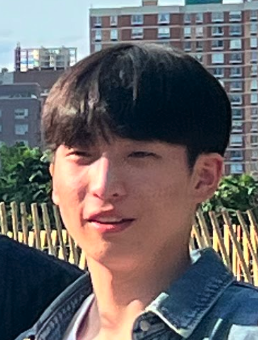Action Affordance Learning for Robotic Pick-and-Place
Introduction
Teaching a robot to pick up and move arbitrary objects is a fundamental challenge in robotics. Instead of training a model to recognize specific objects, a more generalizable approach is to teach it the concept of “graspability,” or action affordances. This allows the robot to identify suitable grasping points on any object, whether it has seen it before or not.
This project implements a deep learning model for a robotic pick-and-place task. The model uses a Mini-UNet architecture to predict spatial action maps from visual input, enabling a robotic arm to grasp a variety of objects in a simulated environment.
Method
The core of this project is an affordance-based model that predicts optimal grasping poses directly from images. The model is designed to be equivariant to translation and rotation, allowing it to generalize its understanding of a “good grasp” across different object positions and orientations.
The network architecture is a Mini-UNet, which is well-suited for generating spatial heatmaps that correspond to the input image. Key aspects of the method include:
- Affordance-Based Learning: The model is trained not on object identities, but on “affordances”—predicting regions on an object that are suitable for grasping. [cite_start]This is achieved by generating Gaussian scoremaps that provide dense supervision, guiding the network to focus on generalizable geometric features rather than object-specific appearances[cite: 4262, 4263].
- Rotational Data Augmentation: To ensure the model can identify grasps at any orientation, the training data is augmented with random rotations. [cite_start]This forces the model to learn a rotation-invariant understanding of graspability[cite: 4264].
- Test-Time Improvement: A key improvement was implemented to handle failed grasp attempts. After a failure, the affordance map is updated to remove the failed action. [cite_start]This prevents the robot from getting stuck in a loop of repeating the same unsuccessful grasp and encourages it to explore other promising options[cite: 4269].
Results and Demonstrations
The agent was trained using supervised learning for over 100 epochs, achieving high prediction accuracy. The evaluation focused on clearing a bin containing diverse objects, both seen and unseen during training.
- Training Loss: Final value of 0.0011
- Test Loss: Final value of 0.0010
Quantitative Results
| Evaluation Set | Success Rate |
|---|---|
| Seen Objects | 86.7% |
| Unseen Objects | 76.7% |
The success rates confirm that the affordance-based model generalizes well beyond its training set by focusing on spatial geometry rather than specific object identity.
Video Demonstrations
The videos below illustrate the effectiveness of the model in simulation.
1. Pick-and-Place Task (No Test-Time Buffer)
Without failure handling, the robot occasionally repeats the same failed grasp, reducing efficiency.
Result: 4 objects remained in the bin after 10 attempts.
2. Pick-and-Place with Test-Time Improvement
In this version, a buffer prevents repeated failed grasps by removing failed actions from the affordance map.
Result: 4 objects remained (due to a physics engine issue with a hammer sticking to the bin), but grasp attempts were more strategic and diverse.
Conclusion
This project successfully demonstrates the effectiveness of an action affordance model for robotic grasping. By focusing on the geometric properties of graspable surfaces rather than object identities, the Mini-UNet model generalized remarkably well to unseen objects.
The implementation of a test-time improvement, which prevents the robot from repeating failed actions, proved crucial for creating a more intelligent and efficient system. This strategic adaptation allows the manipulator to handle failures gracefully and avoid getting stuck in unproductive loops, showcasing a more robust approach to real-world robotic interaction.
